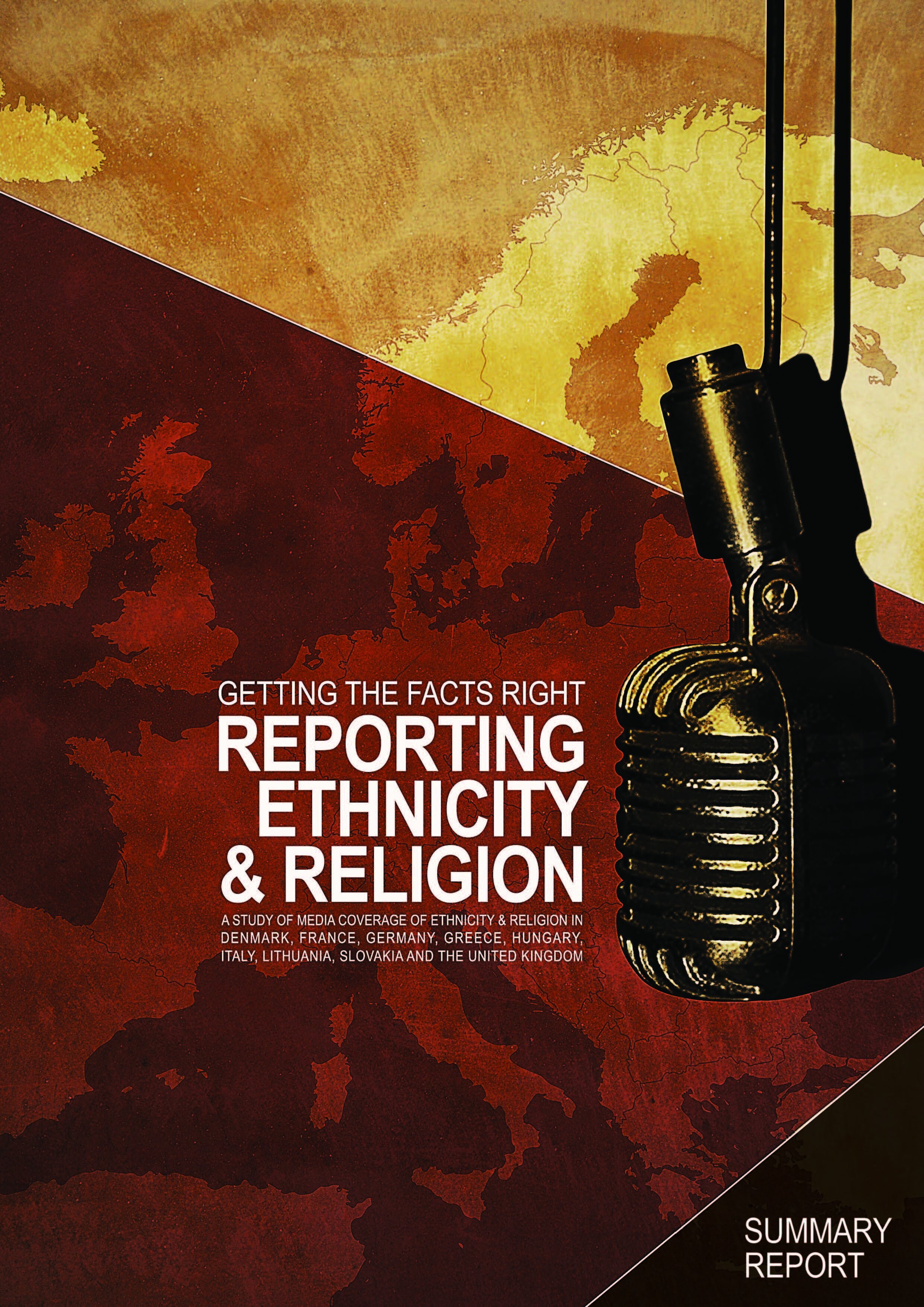Guides
REPORT DIVERSITY!
Guidelines to Train Media Circles on Inclusiveness and Preventing Gender Islamophobia. Written by Aidan White (ed.) Mariam El Marakeshy, Shada Islam for the Media Diversity Institute’s Magic project.
THE NGO HANDBOOK: CAMPAIGNING ON TWITTER
"Twitter allows an individual or NGO to broadcast, engage with, and listen to people. It’s the world’s online public space, a one-to-many communication platform where conversations happen that shape opinions. This handbook will help you make the best use of this unique tool. It’s a tool that’s particularly suited to the needs of NGOs, organizations that thrive on the participation of volunteers and activists to achieve their aims."
This NGO Handbook was created by the Public Policy team of Twitter.
THE REPRESENTATION OF RELIGIOUS MINORITIES IN MEDIA
This guide was created by our partner’s ENORB (European Network on religion and Belief) for media outlets to develop nuanced, informed and inclusive approaches to representing religious minorities.
You can also read the guide in French.
PROPAGANDA, DISINFORMATION, AND THE POWER OF WORDS: MEDIA AND LANGUAGE USE
This guide was developed by Dr. Anna Szilágyi for Get The Trolls Out, and will introduce you to 10 linguistic tools that are commonly used in propagandistic and manipulative political and media discourses and offers practical skills that journalists can utilize in their daily work.
HATE SPEECH: A 5 POINT TEST FOR JOURNALISTS
Ethical Journalism Network (EJN) published a five point test for journalists to help them identify hate speech and to understand better the possible impact of its dissemination.
The test challenges journalists to think about the status of the speaker, the reach and the objectives of the speech, the content and form of the speech as well as the social, economic and political climate before they decide whether a quotation can be characterised as hate speech.
GETTING THE FACTS RIGHT: REPORTING ETHNICITY & RELIGION
This guide, produced by the Media Diversity Institute in partnership with ARTICLE 19 and the European Federation of Journalists and its Ethical Journalism Initiative campaign, highlights the importance of good practice within journalism and serves as encouragement and guidance for those who are ready to stand up for the principles of journalism as a public good.
VODIČ KROZ LINGVISTIČKU SAMOODBRANU - LINGUISTIC SELF-DEFENCE
This Linguistic Self-Defence Guide explains hate speech by using examples of hate speech targeted at the LGBT community, Roma people, Jewish people, and hate speech based on age and gender.
This linguistic self-defence guide was produced for the project #YouthAgainst Hate, supported by OSCE Mission in Serbia, as part of the project "CVE in Serbia: Early warning and prevention".
The guide is available in Serbian.








